In this post on how to decorate a cake with flowers, I am going to share with you, all the different ways in which you can attach flowers onto cakes safely and securely, be it fresh flowers or wired gum paste flowers – for 2 different reasons.
Firstly, for food safety reasons, i.e. making sure the flower stalks and wires from the gum paste flowers do not come into direct contact with your cake. Secondly, to attach the flowers onto cakes in the best possible way so that they remain in place securely on the cake.
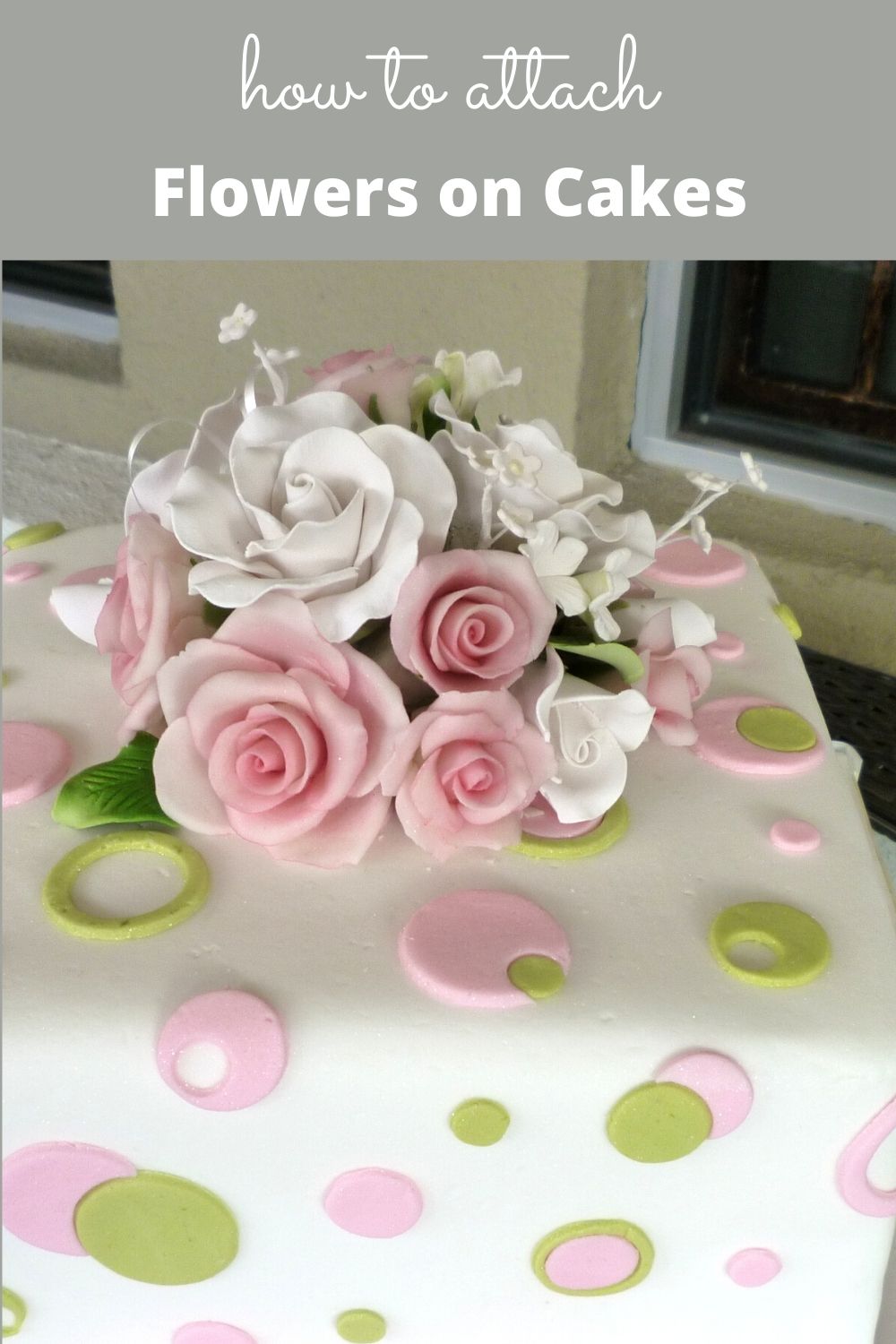
Flowers make really beautiful cake decorations. And for years, cake decorators all over the world have been using flowers to decorate their cakes.
Jump to:
❤️Why you will love this post
- Gives you all the information you need for decorating cakes with fresh and gum paste flowers.
- Gives you great food safe options when dealing with inedible flowers or flowers with edible components.
- Gives you all the available options to securely attach flowers to cakes.
Types of Cake Decorating Flowers
Cake decorating flowers range from the more traditional piped flowers (buttercream flowers and royal icing flowers) to simple fresh flowers and stunning hand made sugar flowers.
Of all these different types of flowers, in terms of food safety, piped flowers are the safest. This is because they are totally edible and they can be attached to cakes without any additional support.
Similarly, for gum paste or fondant flowers that are not wired like these gum paste hydrangea and gum paste plumeria. These can be attached to cakes readily with shortening or fondant glue. Also, there is nothing that is toxic or inedible about them that requires additional preparatory work.
Which then leaves the fresh flowers and the wired flowers out. These flowers require additional prep work simply because they are either totally not edible or certain components in them are not edible.
These should not be in contact with the cake. Some fresh flowers are edible. But some are not especially the stalks and therefore should not be put in direct contact with cakes.
As for wired flowers (like these gum paste roses, gum paste poppies and gum paste hibiscus), the floral tape that is often used to wrap the floral wires is not food safe. This should not come into direct contact with cakes.
The first section below looks at the options available for preparing fresh flowers. The following section looks at gum paste flowers.
How to Decorate a Cake with Fresh Flowers
Method 1: Poke a wire into the flower stalks and wrap the stalks in cling wrap or foil
This is particularly useful for flowers with easily bendable stalks like the daisies. For these flowers, I normally cut a piece of floral wire (typically 20 or 24 gauge) that matches the length of my flower stalk and carefully insert it into the flower stalk.
And then I either wrap the entire stalk with cling wrap or foil all the way up to the calyx of the flower. Once wrapped, the flower is safe to be poked into the cake.
You will notice that inserting a wire into fresh flowers, especially those with thin and soft stalks, makes it easier to poke the flowers into cakes without the flower stalks breaking or bending away.
Note: Leaving the stalks slightly longer helps in making sure the flowers are more securely attached to the cake especially during transportation.
For flowers with more sturdy stalks like the roses, wiring is not required. This is because the stalk will not bend away when being poked into cakes. So, all you need to do is to wrap the stalks up well before poking them into your cake.
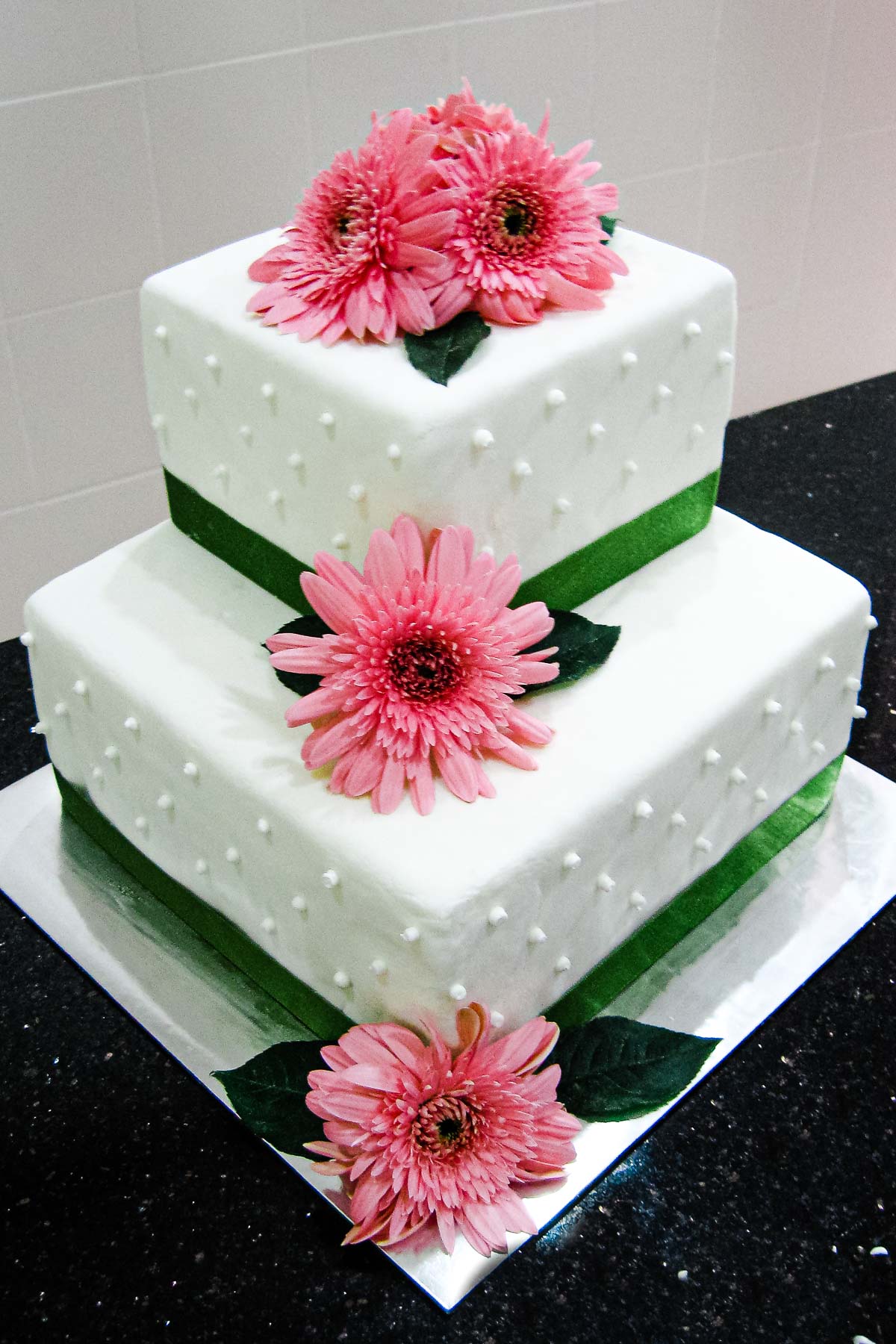
Method 2: Use flower spikes
Flower spikes are plastic casing made specifically for hold flowers on cakes. These are cylinder-shaped with the width of bubble straws and an overall length of about 3 to 4 inches.
One end of the cylinder has a closed pointed end. This is the end that will be poked into the cake. The other end has an opening to insert flowers. The outer surface of the spikes is typically studded. This helps in making sure the spikes stay in place when used in cakes.
When using these flower spikes, you need not wrap your flower stalks as there will not be any direct contact of the stalks to the cake.
The only problem is that you would need to group your flowers together to be inserted into one spike. This is because the spikes can be a bit too wide for a single stalk of a flower.
Or if you are poking only one flower, you would need to pad the insides of the spike with tissue (or other suitable material) so that your flower is tightly secured in the spike.
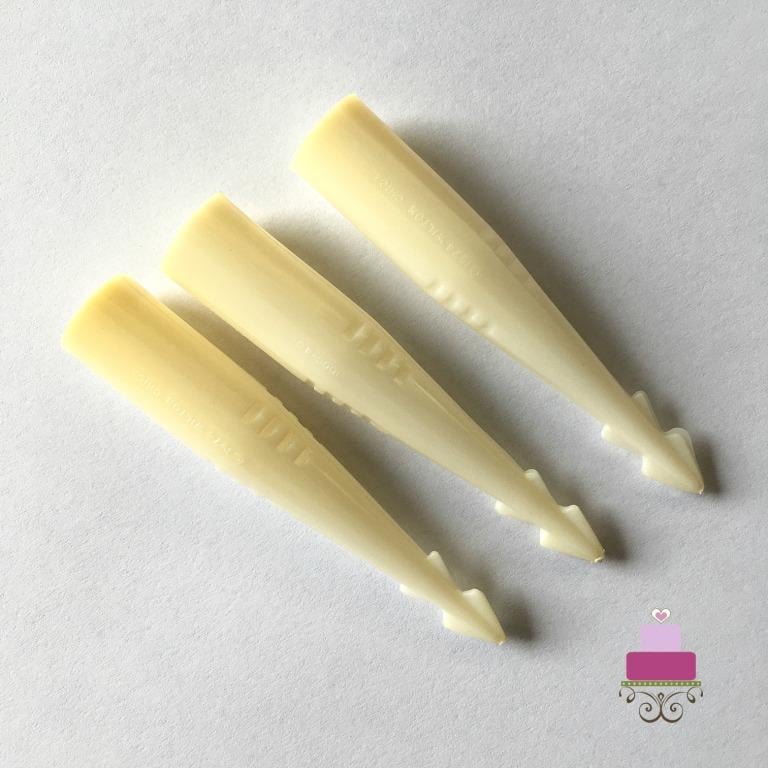
Flower spikes for cake decorating (from Wilton)
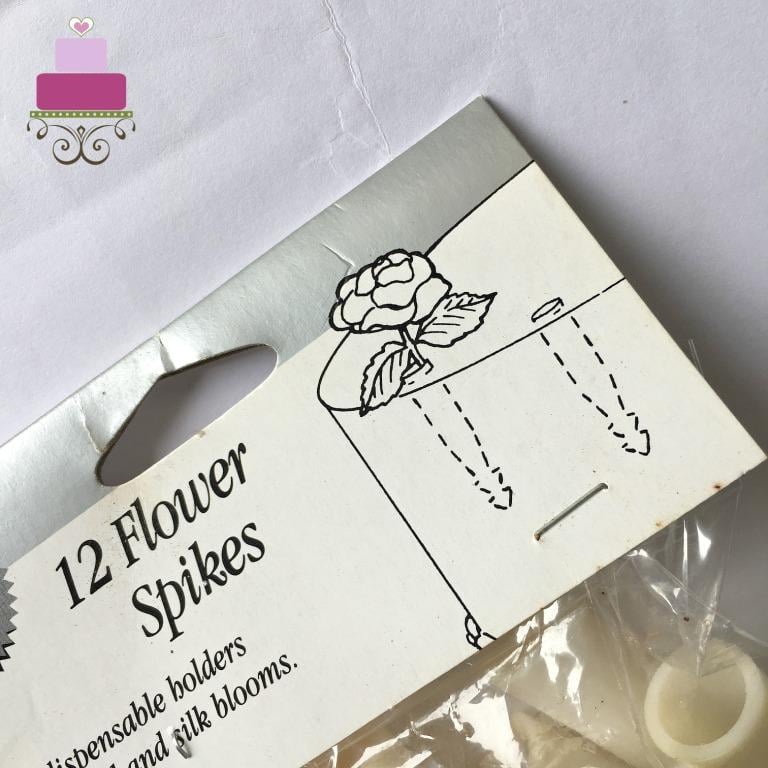
This diagram shows how the flower spikes are used in holding flowers on cakes. The spikes can be used for both fresh and wired gum paste flowers.
Method 3: Use a bubble tea straws or regular drinking straw
This is a cheaper option to using flower spikes above. Instead of inserting your flower stalks into the spikes, you insert them into bubble tea straws. Bubble straws are good if you want to group the flowers together.
Or else, regular-sized drinking straws will be good if you want to insert your flowers individually into the cake.
I would recommend the stalks to be cling-wrapped or foil-wrapped. This is because the stalks do still come into contact with your cake (from the bottom opening of the straws).
How to Attach Wired Gum Paste Flowers (Sugar Flowers) to Cakes
Managing wired sugar flowers or gum paste flowers is pretty similar to managing fresh flowers. The only difference is that since wires are a lot thinner than fresh flower stalks, using regular straws and the flower spikes means they would need a lot more padding to keep them secured in place.
Method 1: Use lollipop sticks
I often use plastic lollipop sticks when inserting wired flowers into cakes. Lollipop sticks are great in the sense that they are able to hold thin wires. I find these most convenient for wired flowers. And since the sticks are thin, attaching one flower into one stick does not overcrowd the cake with straws.
While the lollipop sticks work great for thicker wires, they are still a bit too wide for very thin wires (gauges 28 and above). For these wires (which I typically use for filler flowers), I would normally use the floral tape to fatten the stalks or group a few of the flowers together into one lollipop stick.
If you find the floral wires too thin for the lollipop sticks, there is another trick you can use to make them stay in the sticks without extra padding from floral tape. Bend your floral wire at different points along the wire and then straighten it back with your hands. This will result in the wire being straight but with tiny little bends here and there.
Insert that wire into a lollipop stick and you will realize that the tiny bends actually help to hold the floral wire tightly in the lollipop stick holes. This might not work for very thin wires, so you will need to mix and match the methods above accordingly.
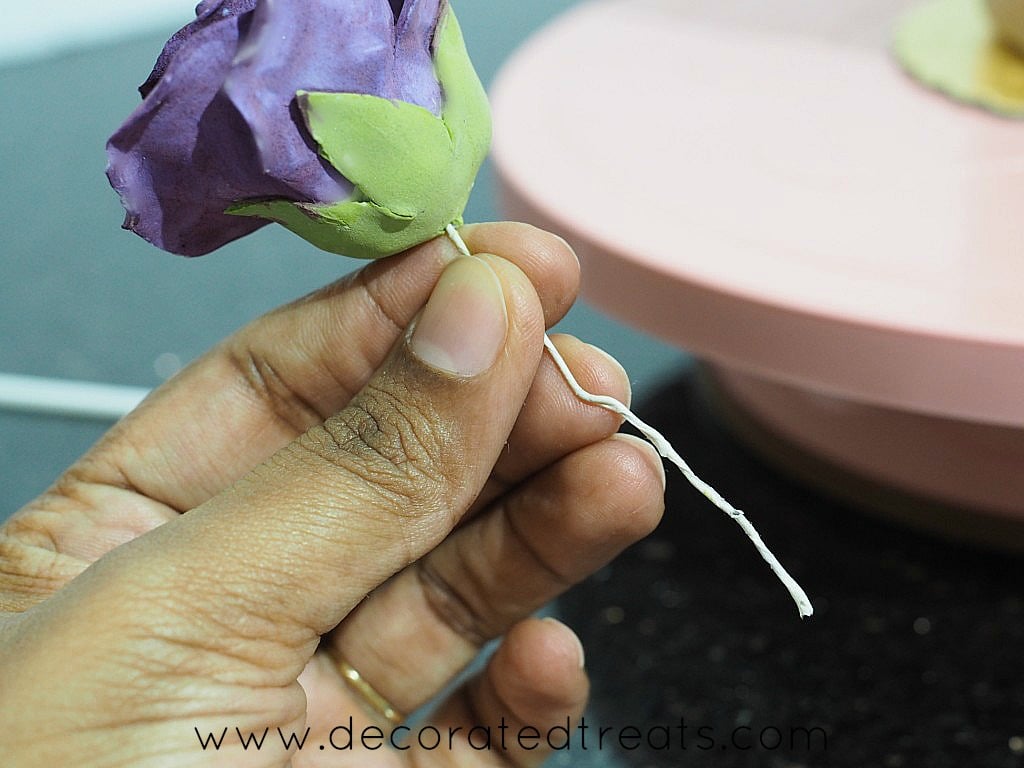
This floral wire was too thin for the lollipop stick, so I bent it at a few intervals and then straightened it again, resulting in a slightly crooked wire.
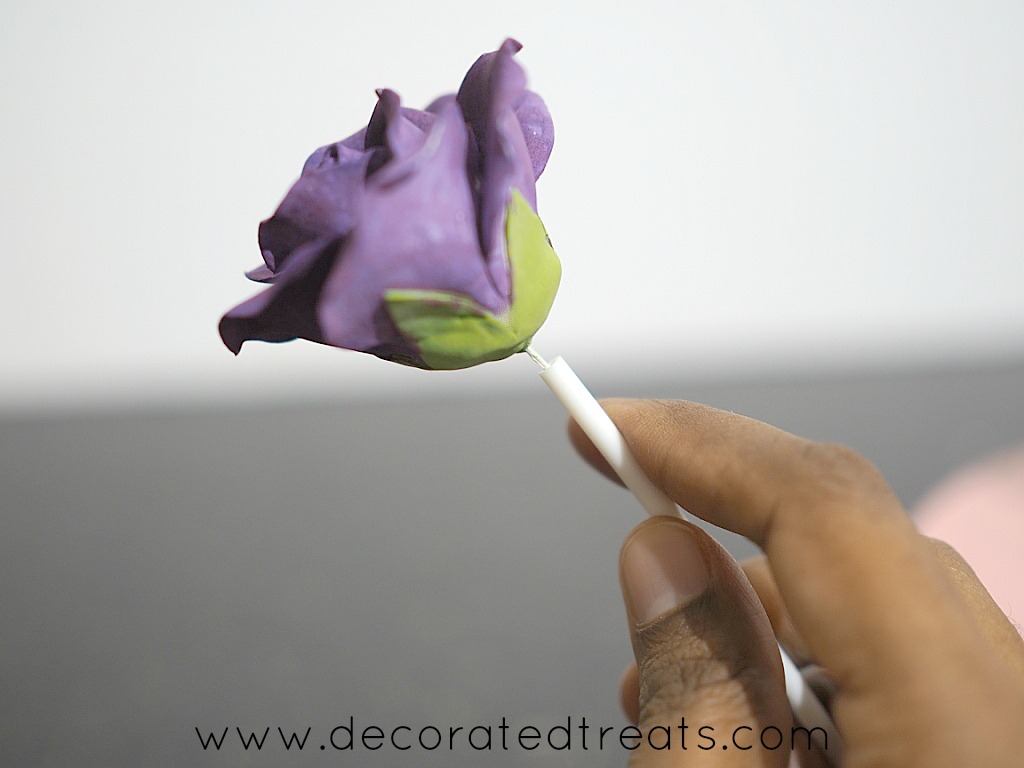
The crooked wire, once inserted into the lollipop stick, remains securely in place compared to a totally straight wire.
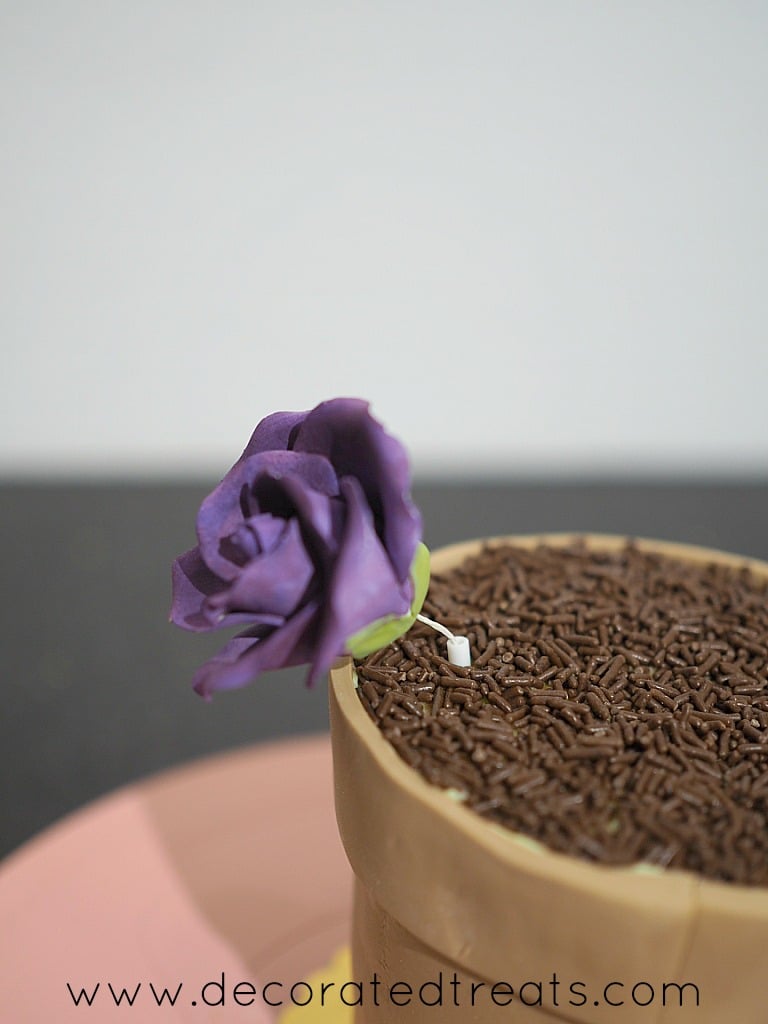
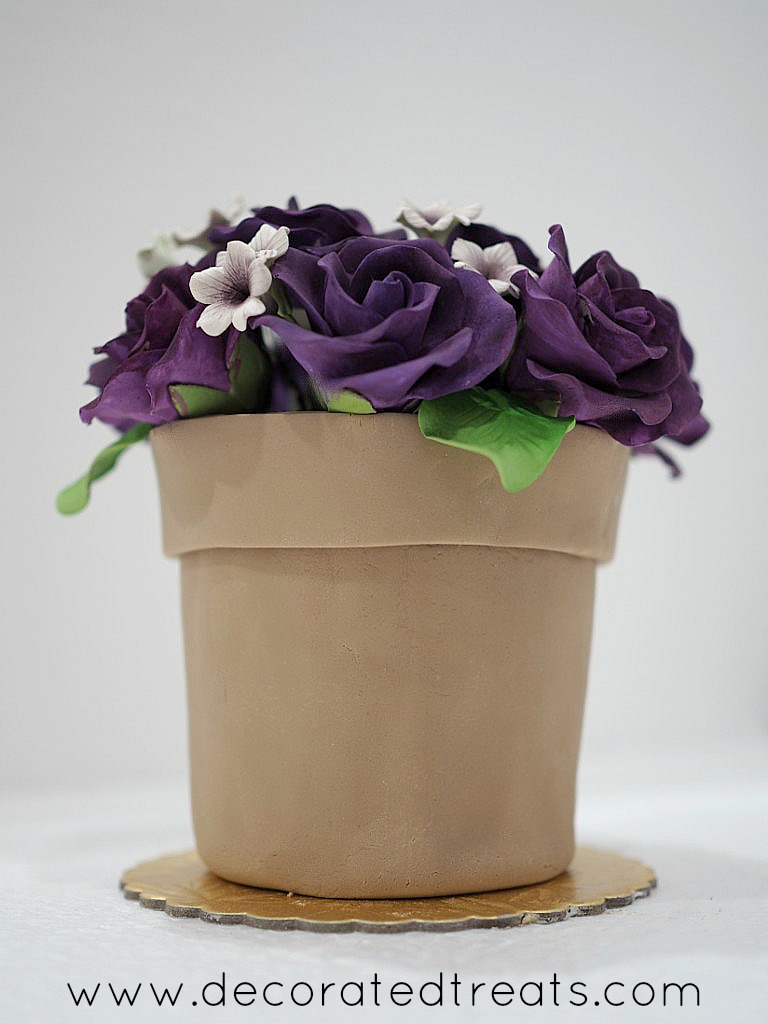
Poking the flower with the wire in a lollipop sticks helps ensure no direct contact of the wire with cake.
Method 2: Wrap with cling wrap or foil
This method is similar to the one I suggested for fresh flowers in the earlier section.
If you don’t want to use the straws or the lollipop sticks, you can wrap the wires of your gum paste flowers with cling wrap or foil before poking them into the cake and you can do this for each individual flower or group a few together as one.
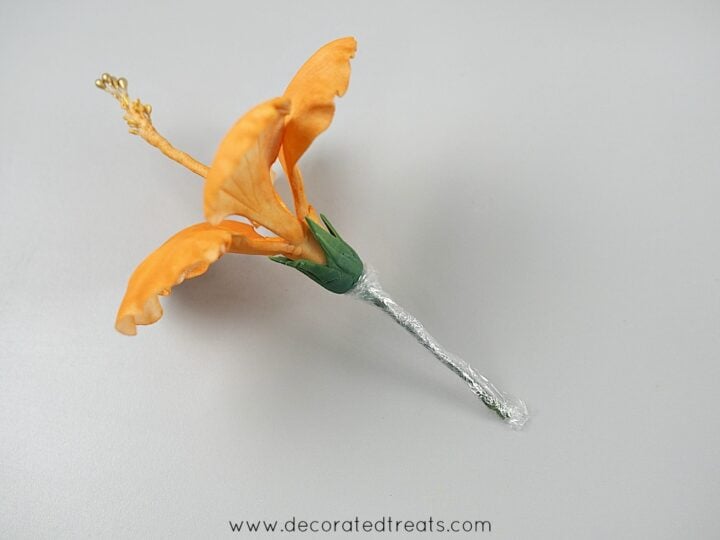
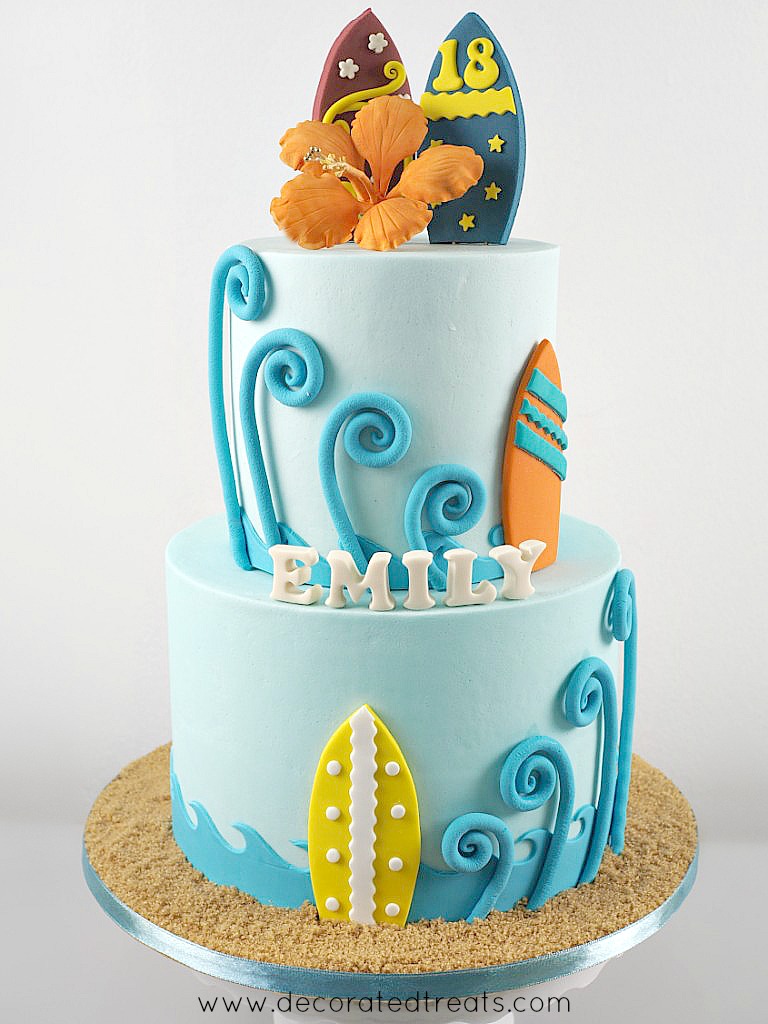
And these are pretty much the techniques I know on how to attach fresh and wired flowers onto cakes.
Hope this sharing was useful. If you have any other methods you know or use, do share them in the comments section below.


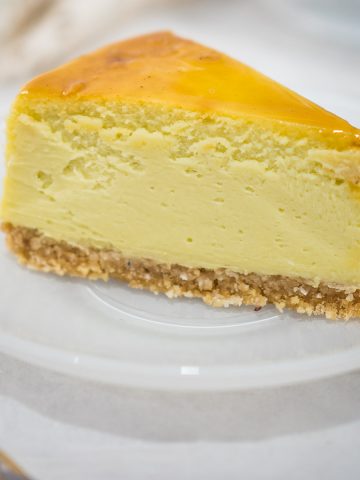
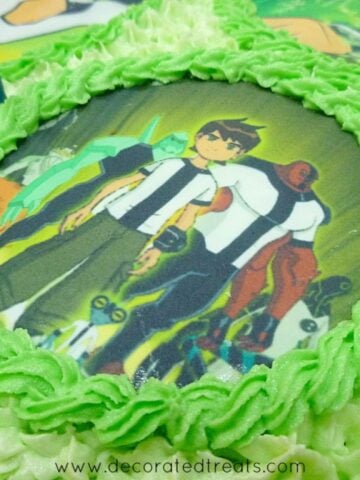
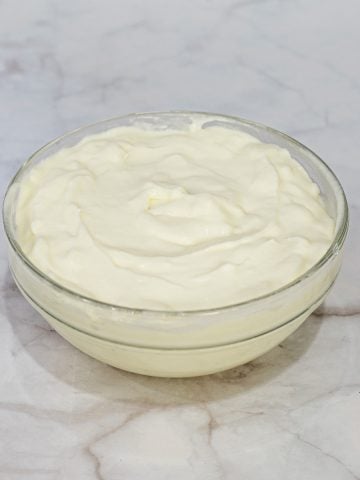
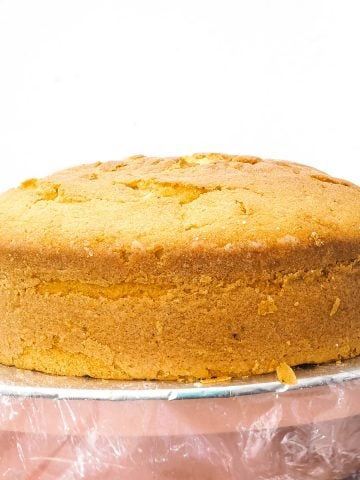
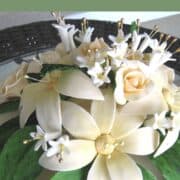
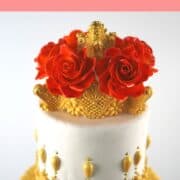
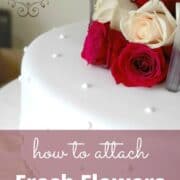
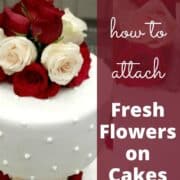
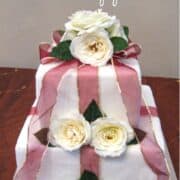

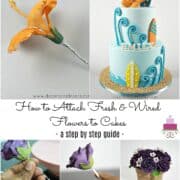

Jade
Thank you so much for the helpful information.
I found some aluminium florist wire at my local craft store, it's not coated in tape. Being that we use aluminium in the kitchen would it be food safe?
Priya Maha
Hi Jade, I would still wrap the wire since it was meant for florist use and not for food.
Kalpana Kathriarachchi
Thanks a lot for the information. It is quite useful for beginners.
Clong
Thank you for your wonderful ideas. I recently covered my floral wire with cling wrap but it gave me the anxiety creeps that someone may ate the cling wrap when left in the cake after pulling out the flower leaving the cling wrap behind. I will def try the other suggestions, too.
Stephanke6
I use the straw method but melt the bottom of the straw to seal it before inserting into the cake. Bubble straws for large or group stems.
Priya
That's a cool idea! Thank you for sharing 🙂